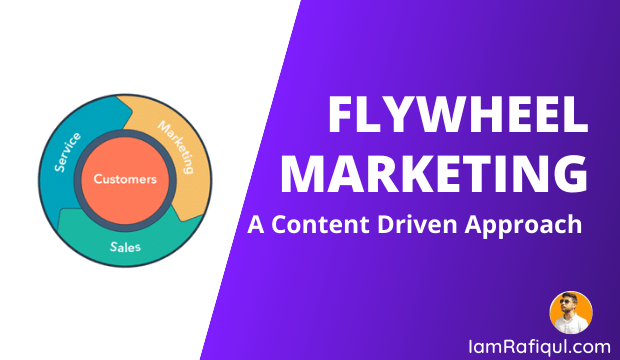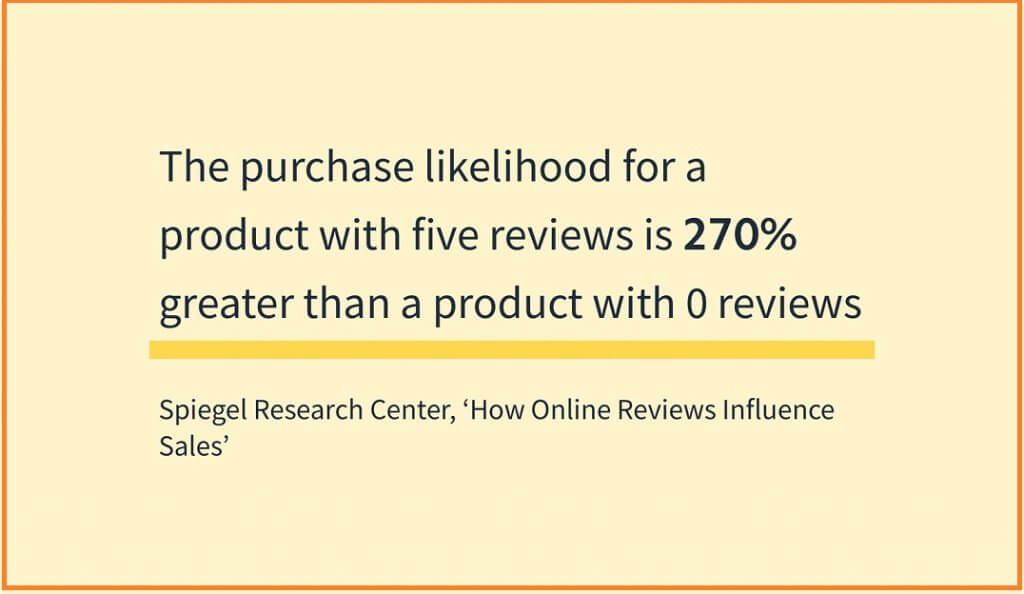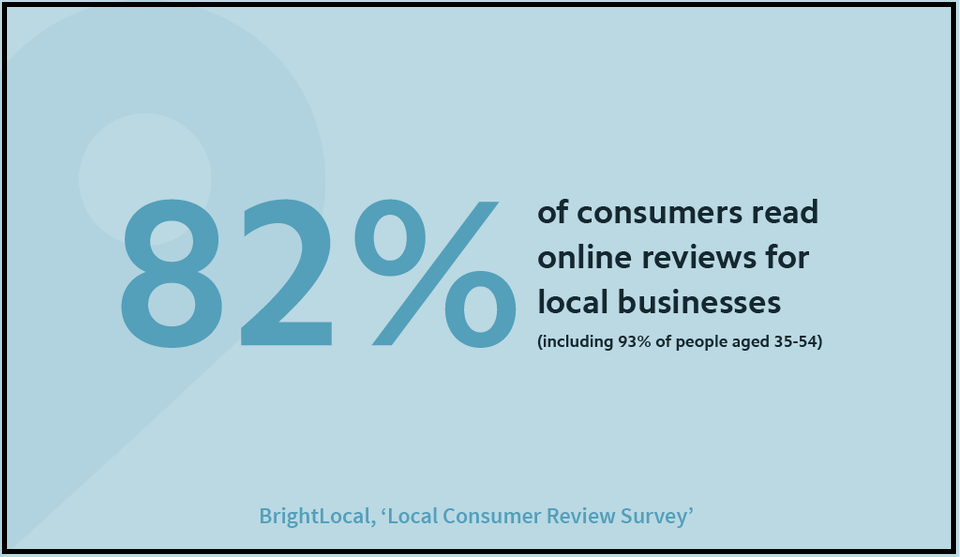The approach of creating a better product has been shifted to providing better customer experience, thanks to flywheel marketing.
In fact, Brian Halligan, CEO of HubSpot, has officially announced the funnel marketing’s retirement in INBOUND18.
He believes that the time has come to consider customer experience as the center of marketing instead of the product.
- Has the flywheel approach in marketing taken over the role of the funnel?
- Flywheel marketing vs. funnel- which one is best?
- Most importantly, how to build a flywheel marketing powerhouse using content?
These are the questions that every marketer and entrepreneur must know for business growth.
And in this blog post, you’ll find the answers.
Hello, I am Rafiqul, a content marketing practitioner.
I welcome you to my blog, where I share useful content marketing strategies and tips that help businesses and services grow without spending too much on ads.
Before we deep dive into each question, let’s understand the approach of funnel marketing.
What is Funnel in marketing?
Funnel is used to visualize the steps required to make strangers to loyal customers.
[Note: It doesn’t have to be always related to sales]
Here’s the visual representation.
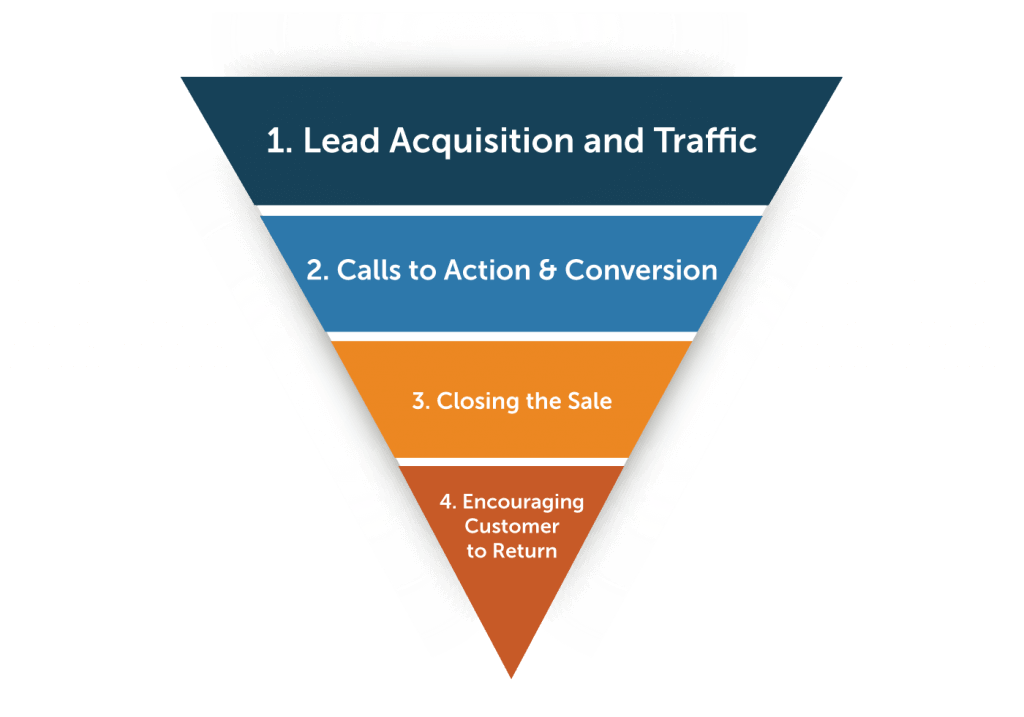
Four stages of funnel (generally)
- Attract
- Convert
- Sales
- Nurture
The top of the funnel is where strangers first come to our site, and the bottom of the funnel is when they become qualified or loyal customers.
It’s evident that not every person who comes to our site for the first time will become a possible customer for our business.
For example, if 100 people visit your site, you’ll see that less than 100 people will become your leads. Let’s say 25% (25 leads).
Again, on the next stage, less than 20 leads are going to buy from you, considering 20% of total leads (5 customers).
Again less than five customers will be your next time buyer.
That means if the conversion rate is 20%, only 1 out of 5 customers will buy from you for the second time.
As you can see out of 100 strangers (top-of-the-funnel), you’re able to retain 1 customer.
Funnels always work linearly.
There is nothing wrong with the approach, but there could be something more updated and customer-centric approach.
This is called flywheel marketing.
Flywheel approach
Unlike, funnel, the flywheel is not linear.
It is circular.
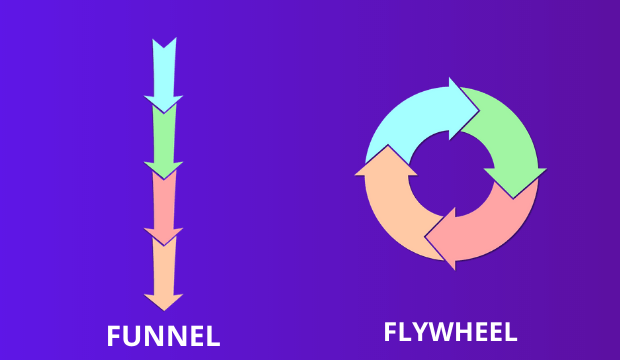
That means there is no top or bottom of the funnel.
Before understanding the nature of flywheel, let’s know why does it is called ‘flywheel.’
Wikipedia defines a flywheel as:


Flywheel stores rotational energy and the amount of energy increases when the mass and speed of the flywheel increases.
In the case of marketing, we can assume energy as the growth of the business.
When you apply a flywheel mechanism in your business, you can acquire customers without even asking for it.
Let’s simplify more.
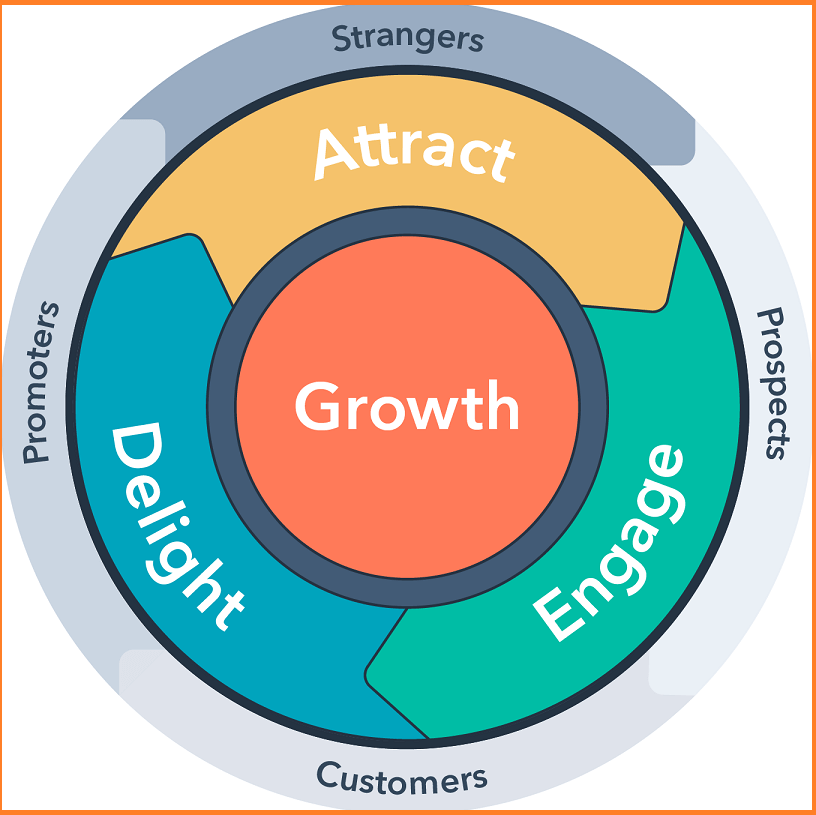
Unlike funnel, flywheel marketing consists of three stages.
- Attract
- Engage
- Delight
Remember, you need to apply external forces (creating content, promoting through social media, content marketing, etc.) to your flywheel marketing to give it an initial push.
Attract phase
In the attract phase, you’ll need to earn people’s attention not to steal it.
Driving traffic through content marketing, SEO, and social media are some ways of attracting people to your site so that they can learn more about your brand, content that you offer, etc.
Useful and valuable content is a crucial part that will help you to bring traffic to your site.
Engage phase
This is where you need to work on closing deals, getting leads, and others. To do it, you need to make it easy for your prospects to start buying from you, engaging with your content.
But the challenge for you is to understand what makes it easy for people to buy from you, or to become a lead.
This is where the friction comes into the play.
The more friction you have in your marketing, the more difficult it will be for you to close deals.
Your target is to minimize the friction as much as possible. Remember, less friction is also required for your flywheel to store more energy.
Few examples of friction in the ‘engage phase’ could be like:
- Not providing enough relevant and useful content (Ensure your content matches your target audience’s needs, pain points, desire) to your visitors.
- Difficult to navigate your site
- Lack of two-way communication system
- Increasing the number of steps required by the prospect to close the deal (signup- email confirmation- product page- add to cart page- checkout page- OTP verification- closing deals; this is an example of longer buying path that increases the friction)
Delight phase
Delight is the crucial difference between the flywheel and the funnel approach.
Brian Halligan also mentioned that it is the time to focus more on delighting your customers instead of creating better products.
Delight phase emphasizes the customer experience.
The idea is to delight existing customers so much that it helps in word-of-mouth marketing and eventually brings more customers.
When you apply this customer-centric approach (delight) into your business, you’ll find new customers coming from referral or word of mouth.
That means you’re leveraging your existing customers to get new ones.
And, as a result, the flywheel starts working.
After the initial push (closing deals), flywheel marketing will bring you new customers without your direct involvement in this.
Three factors for successful flywheel marketing
Hubspot defines three key factors that determine the success of your flywheel.

- Speed– The more force (SEO, Free trial, more traffic, referral program, paid ads, and others) you apply, the more momentum it gain)
- Friction– eliminating friction(poor customer communication channel, not relevant content, lack of premium and personalized content) results in higher speed
- Size– More speed, less friction will make your flywheel bigger; as a result, you get more promoters for your business
- Sales, marketing, and service; all three can work independently.
Funnel vs. flywheel: Key difference
Nature of Funnel marketing
- The funnel is linear. Starts with a point and ends with another point (In most cases, the funnel is the process of driving traffic to generate sales)
- It is more focused on closing deals than enhancing the customer experience.
- Flywheel marketing approach brings marketing, sales, service together for a fast spin, less friction, and bigger size.
Nature of flywheel marketing
- A circular process with no end. Here, even the existing customers bring new referral customers for the brand because of the delightful customer experience.
- Customer-centric approach. Delighting existing customers for word-of-mouth or referral is much more critical in this context.
Is the flywheel approach retired the funnel in marketing?
You might have heard many debates on which one is better.
Here’s my take on this.
“Funnel is not dead. It is always going to be there in marketing. But it is also true that the flywheel approach is much more customer-centric, which leads to additional power to your marketing system. Instead of seeing these two strategies differently, I would prefer to modernize the existing funnel marketing with flywheel. Because one compliments others for better growth in terms of leads, conversion, sales, and customer services“
— IamRafiqul
It’s good to know the potential of the flywheel in the modern way of marketing.
But knowing about flywheel isn’t enough; action is a must.
The question is how to modernize your funnel strategy to flywheel approach?
To discover the answer, let’s dive right into each of the stages of the flywheel.
A step-by-step process of adapting a flywheel approach
Step 1: mapping the buyer’s journey
Content is the centre part of attracting strangers to your site and eventually getting leads.
If you’re just starting with this, my recommendation for you is to start with creating content that your target audience might be looking for in the awareness stage.
Considering the buyer’s stage for creating content is always an excellent way to start.
Awareness stage
content to help people who are not aware of the problem. Remember, this problem must be related to your product or service.
Consideration stage
After defining the problem, it is time to create content to compare the possible solutions to solve the problem.
Decision stage
Depending on your product or service, you can create content to help your audience understand why your product is the best fit.
Not everyone will be your customers, so don’t try to oversell your product.
Apart from offering valuable content, look for different options such as free consultation, freemium tool offer, etc.
The idea is to help the prospect to make the final decision.
Please visit to learn about the: I also have an in-depth guide on building content strategy for the buyer’s stage
But in short, here’s an example for you to understand the approach of considering the buyer’s stage.
Assume you’re selling software for video editing.
And to drive traffic to your site and eventually close the deal, you’re going to create valuable content that leads to growth.
Here are the content ideas that you can try as a video editing software seller.
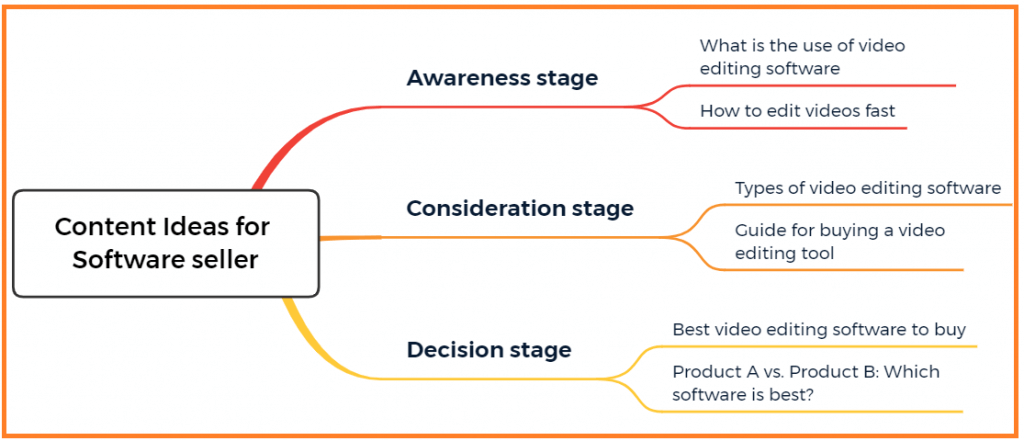
Creating content-based on the buyer’s journey is not enough to have a flywheel approach.
It is just a base for establishing your content strategy.
Now, this brings me to the second step, which is topic cluster and pillar pages.
Step 2: Maximizing traffic using topic cluster
If getting organic reach from search engines is on your list, then this step will help you.
A topic cluster is a way to organize and create content to establish your site as an authority on a specific topic.
For example, if I want to showcase myself as an expert in content marketing in front of Google, topic clusters are a good way of doing this.
The goal is not just establishing authority. It also helps you to attract a more targeted audience to your site.
Because applying a topic cluster on your blog can increase the chance of ranking on highly competitive terms.
Here’s what you need to do.
First, start with identifying key topics that your blog covers.
For example, my blog iamrafiqul.com covers three primary topics: blogging for business, content marketing strategies, and content creation tips/tools.
Once you find a few key topics of your blog where you want to be an authoritative blog, consider each of these as a primary topic.
Second, research more and more to identify the sub-topics for each of the primary topics.
In my case, for the primary topic of content marketing, my sub-topics could be like:
- Beginner’s guide to content marketing
- Is content marketing worth it?
- How to develop a content marketing strategy
Third, create content for each of these sub-topics.
Fourth, Once you’ve covered enough sub-topics for a primary topic, it’s time to shape your pillar page.
Fifth, Now, you need to create a pillar page (content that covers almost everything about the primary topic).
Usually, a pillar page is super lengthy as compared to other articles.
Sixth, It’s time to build a linking strategy from the blog posts created for every sub-topics, hyperlink to the pillar page.
That way, it will send a signal to Google that all of these subtopics belong to the pillar page.
That’s all.
Please visit to know more about building a pillar page and topic clusters to maximize your traffic.
Step 3: Minimizing the friction
Friction is everything that slows your flywheel.
That means if you’re able to attract many strangers, but very few are converting, there is friction.
It could be in the form of bad user-experience, gated content, asking for leads to access tools/content, etc.
Here’s what Jon Dick, the VP of HubSpot Marketing has to say about eliminating the friction.
“You can reduce friction by finding the inefficiencies where your customers are losing momentum and making them better.”
Instead of looking for friction randomly within our marketing strategy, we’ll choose a systematic approach.
To eliminate this, first, you need to look for the points where the friction is.
Some of the common ways of identifying friction are:
1. Measuring the website visits
How many unique visitors are you getting monthly?
By using google analytics, you can see the number of unique visitors you’re getting per month.
When you measure the data from the month-to-month, you’ll notice the rise or fall of unique visitors to your blog.
If you see a sudden fall on your unique visitors, there must be some friction.
It might be related to your outdated content, poor SEO structure of your blog, not useful, and relevant content for your audience, etc.
That way, you’ll know when you need to eliminate the friction.
To get this data, just go to Google analytics.
Then follow this path; Audience- an overview.
Now, select the metric as new visitors.
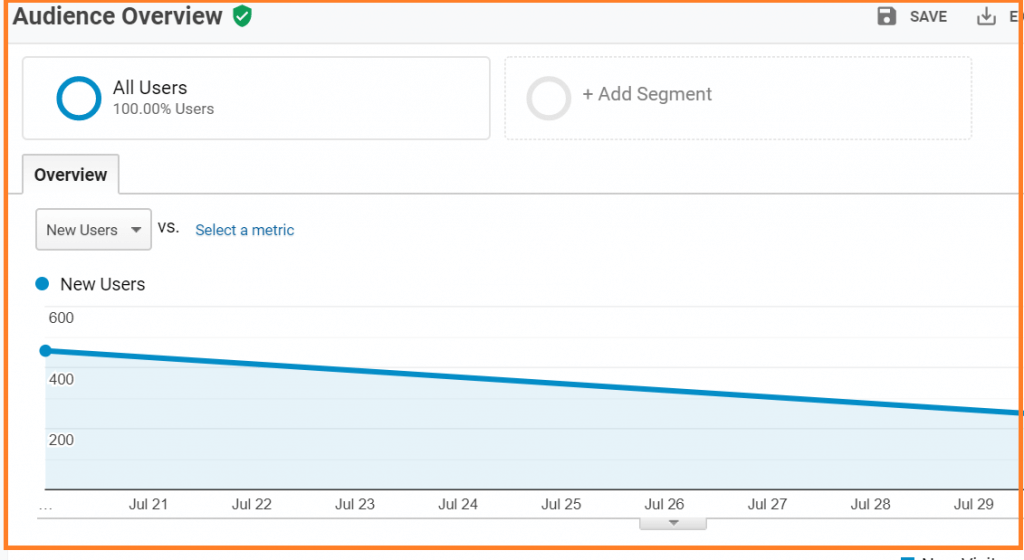
It will show you the number of new visitors that you’re getting per month/week/day.
Next, to compare the data of new visitors from the last 30 days with the previous period, you need to select the date range as the previous 30 days and enable the comparison to section.
Here it is.

You’ll see how much you have gained or lost in terms of new visitors to your blog.
Tip: The moment you see a sudden fall or a gradual decrease in the unique visitors, you need to find out the friction.
To know the reason, you might also look for the source of traffic.
That way, you’ll know which platform is sending you the most traffic and also the performance of each channels.
2. Measuring the number of visits
You already know the number of unique visitors to your website. Now, we’ll measure what percentage of total traffic has visited your site every week after their first visit.
To do that, go to the Google Analytics dashboard.
Next, go to the audience and then cohort analysis.
You’ll see a table like this.
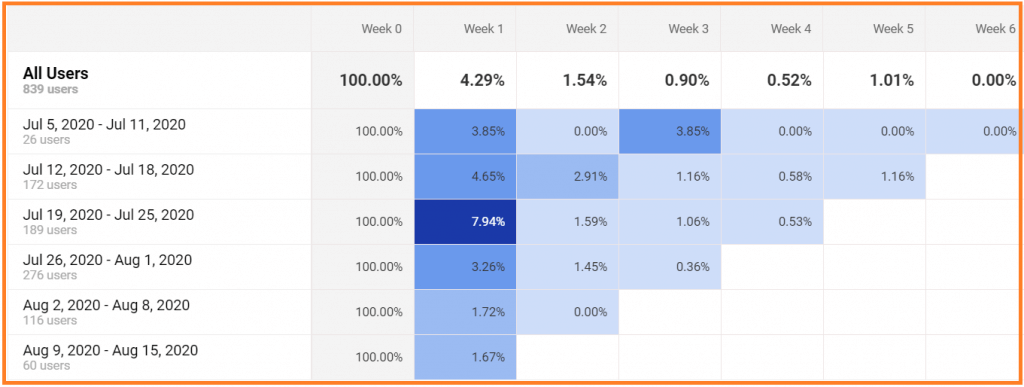
This shows you the percentage of people who visit your site every week after their first visit.
For example, week 0 is always going to 100%. It’s because it is the first time when visitors are interacting with your site.
Then week after week, the percentage is more likely to drop.
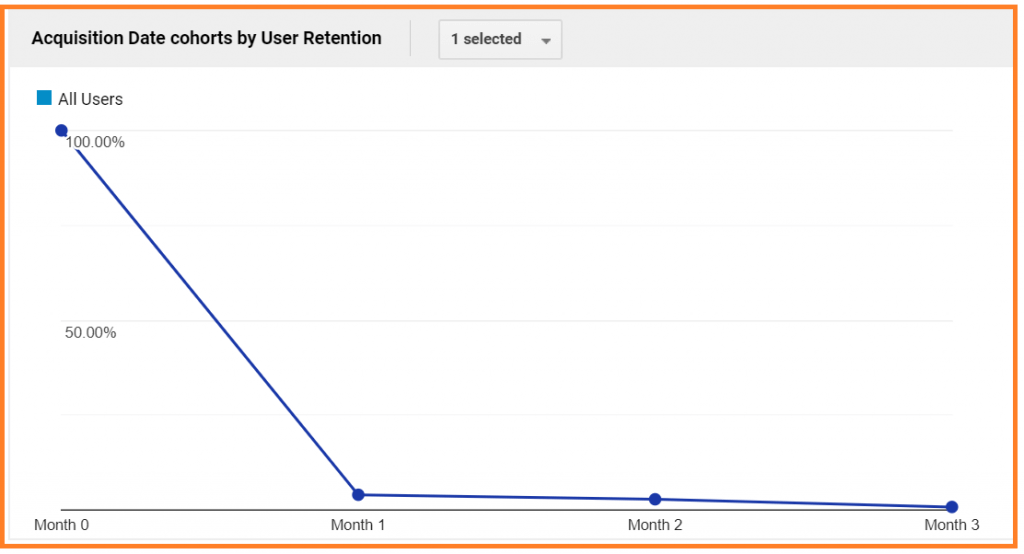
In this case, week 1 has a percentage of only 4.29%. That means a massive fall in the frequency of visits.
By looking at this data, you can identify the friction point.
How much you’re able to retain your visitors helps you understand the chance of converting leads into customers.

A study shows on average, strangers visit a site at least 3.5 times before turning into a customer.
This is why you must check this data carefully.
That way, you’ll measure what percentage of people are coming back to your site after their first visit.
3. Checking for conversion rates
The conversion rate is crucial for finding the loop whole or friction point in your entire flywheel approach.
For example,
If you’re getting 1000 monthly visits, and the conversion rate is 10%, you’ll have 100 leads for a free trial of a software (say).
But you’re finding that out of 100 people, and only 1 have become your customers.
This means there is some sort of friction between the lead generation and closing the deals.
Your job then will be to remove that friction.
It might be because the free trial is not easy to use or navigate.
Here’s a great example from Data Box.
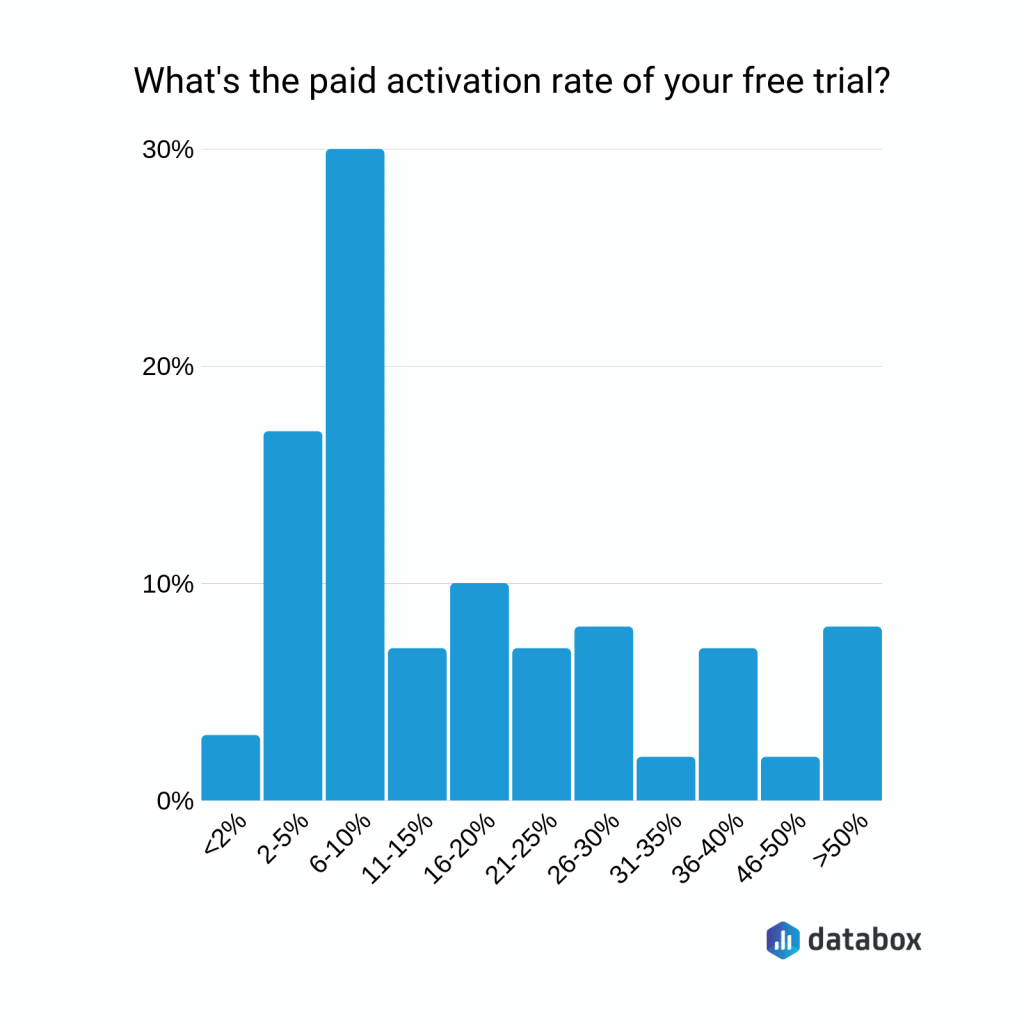
The data box found a meager completion rate for designing and editing cards.
So next, they did an A/b testing and screen recording using hotjar.
And they found that the users were distracted by the ‘upgrade now’ option.
Next, they just change the position of the link.
And, as a result, the design completion rate was much higher.
Similarly, you need to understand the real meaning behind the fall of conversion.
The first step is to identify the fall of conversion.
Even though the conversion optimization is dependent on the goals that you have set for your marketing, you can get a rough idea from the following.
Here’s the screenshot of the excel sheet to identify the friction point in your marketing strategy.

Download Your Complete Content Marketing Template
First step
First thing, you need to understand at which stage you have the friction.
As you can see, the conversion rate (11%) for generating leads is good enough, but the rate is pretty low (1.5%).
That way, you’ll know where you have to give more focus.
In this case, there must be some sort of friction to let people buy from you even after becoming leads.
Second step
Once you identify the significant fall from the above conversion rate, you can start understanding more.
Now, you need to understand the possible reasons for the conversion fall.
To do that, start with reviewing the buyer’s behavior from becoming a lead to buying your product.
For example, if we consider a scenario for a software company, it might look like this.
- Coming to your landing page
- Subscribing for a free trial of the product
- Getting an upgrade option after ending the trial period.
Now, your task is to understand what’s stopping your leads to buying from you.
It could be of many reasons, such as:
- Product quality is not good.
- People might not get a clear idea about the premium feature during the trial period.
- Not asking people to upgrade during the free trial.
- And many more.
To understand the behavior of your users on the site you can take help from tools like
- Crazyegg
- Hotjar, etc.
This was just an example of a possible scenario; your scenario and friction might be different.
The idea is to have a strong observation about where your friction point is located.
And, getting the rough idea from seeing the above template will help you in this.
Third step
Don’t stop optimizing your conversion rate after someone becomes your customers.
Remember, the most important differentiator between flywheel and funnel is the brand promoter.
The more customers you get who’s going to promote your brand, the better it is for your flywheel to spin fast.
I must repeat the words of Brian Halligan (HubSpot’s CEO) from INBOUND18:
“If you want to build a great company, your customer experience has to be 10x lighter than your competition”.
How will you measure the customer experience and know whether they will promote your brand or not?
It’s hard, but you can get an almost accurate idea.
This is the NPS- Net Promoter Score.
This is a scale filled by the customers based on their experience with the product or service.
The best thing is that you can implement this NPS just from Google Forms.
Follow these steps to start using NPS for your business.
- Step 1: Go to Google Forms, using this link.
- Step 2: Select Personal.
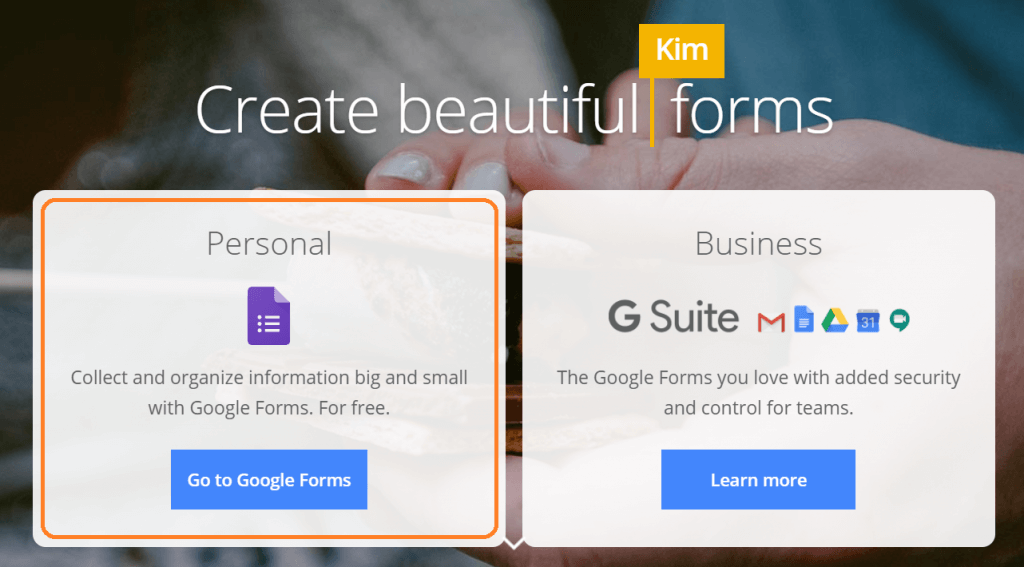
- Step 3: Click on Blank. It will then show you to create your form from scratch.

- Step 4: Name the form whatever you want.
- Step 5: Add the following question by clicking on the ‘Untitled Question’: “On a scale of zero to ten, how likely are you to recommend our business to a friend or colleague?”
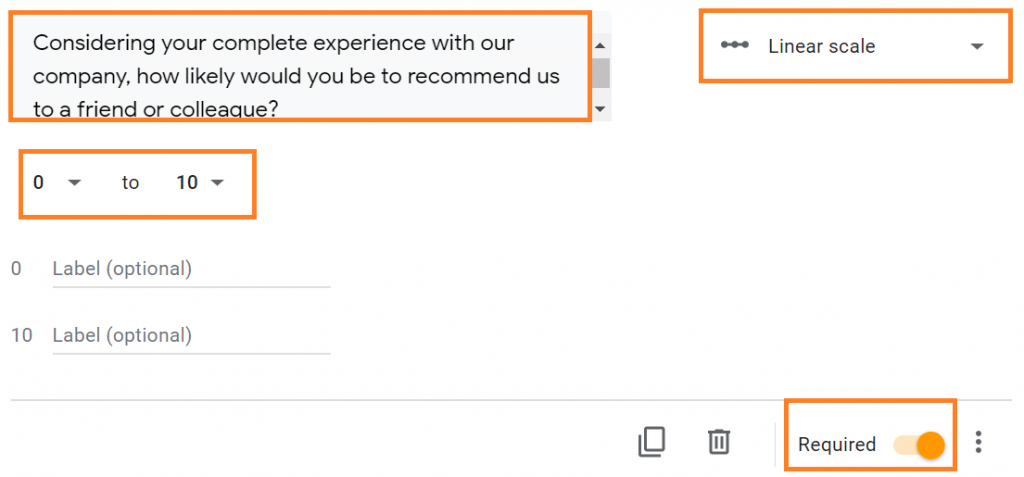
- Step 6: Now, click on the button, as shown in the image.
- Step 7: Select ‘Linear Scale’
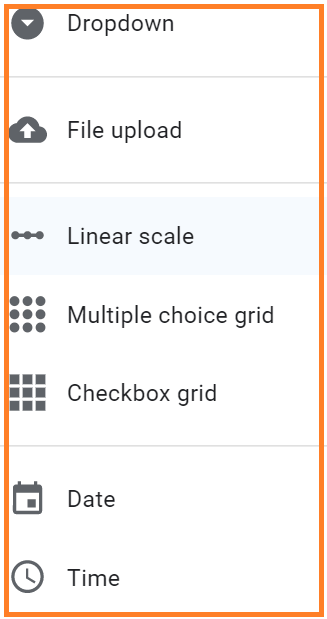
- Step 8: Now, select the range as 0 to 10 and enable the ‘Required’ option.
Now, you’re done.
Every time your customer rate your service or product on this scale, you’ll have a record.
Make sure to share the link of this Google Form, every time any leads become your customer.
On the top right bar, you’ll see a ‘Send’ button to share with your customers.
That way, you can understand the performance of providing a great customer experience.
It’s always better to get a score of 9 or 10 because getting at least nine on the scale means that customers are more likely to promote your brand to their friends or colleagues.
Here’s the sample of data collected from Google form to measure NPS.

The next question is how to maximize delight so that customers will be more likely to promote with others?
The answer depends on your marketing strategy.
It could lie from your customer service to enhancing the user experience on your site.
You might also have a look at the possible ways of creating a 10x lighter customer experience.
Having that said, let’s move ahead to the last part of this blog.
Enhancing customer experience to get promoted
1. Review strategy for third-party platforms
People actuary feel more confident about their purchasing decision when they see recommendations from other people’s reviews.
That means a third-party review site can enhance the experience and encourage people to buy from you.
The first place to start this is from Google My Business.
Tip for social media: If you’re a local business owner, consider GMB as necessary as any other social media platform.
On average, 82% of consumers give importance to reviews before buying.
Getting genuine reviews on review sites like GMB will help your marketing plan eliminate the friction.
The more reviews you get (mostly good ones), the less friction will be in the flywheel.
2. Knowledge hub
A knowledge hub is a place where your customers, leads can get useful, relevant content and tutorials regarding the company’s product or service.
For example, someone is going to purchase the software, but he doesn’t know much about how to operate.
In this case, the person has two options:
- First, he might search for more information regarding that particular software on the site.
- Second, he could fill a form to get more information from the sales team, which is very unlikely to happen.
Example
One of the best examples of having a knowledge hub is HubSpot.

Because of the variety of services and products, HubSpot has categorized its knowledge Hub.
This helps to educate HubSpot’s existing customers and leads as well.
Things you can start with:
Keep in mind that when you’re just starting to create a content hub inside your site, don’t just try to create content for your customers’ queries or questions.
- Look for the queries that your customers are asking again and again.
That way, you’ll save time and create more relevant content.
- Next, create tutorial videos for if your product or service is a little complex in nature.
For example, I have created a tutorial video to help my clients understand the content marketing strategy. This also saves time and effort.
The next thing you can do to enhance the customer experience is adding chatbot on your site.
It just not only helps your customers to engage while checking your product but also solves their queries.
In recent times, I have come across this amazing AI-chatbot called frase.io.
Look at the conversation below.
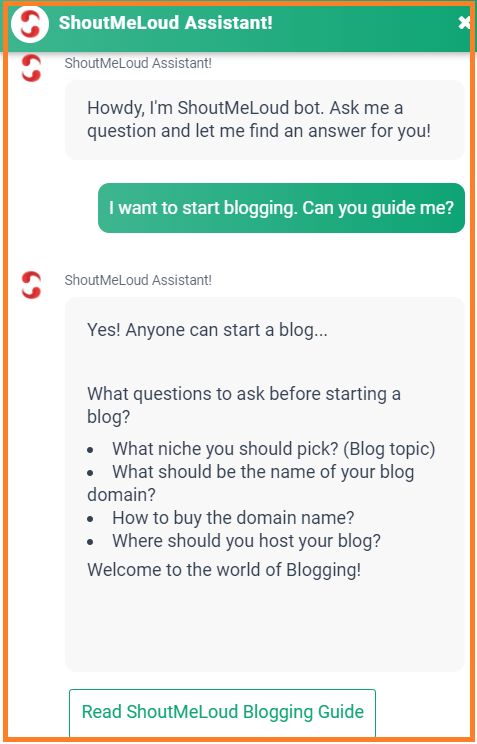
You can automate many tasks like that just by using an AI-assistant.
3. Building a Premium community
You might have heard of premium tools.
Just like Premium tools, the premium community is not for everyone.
Building a community only for your customers is to make them feel important by providing value.
Value could be in terms of networking with like-minded people, giving early access to tools or content, etc.
Here’s an example.
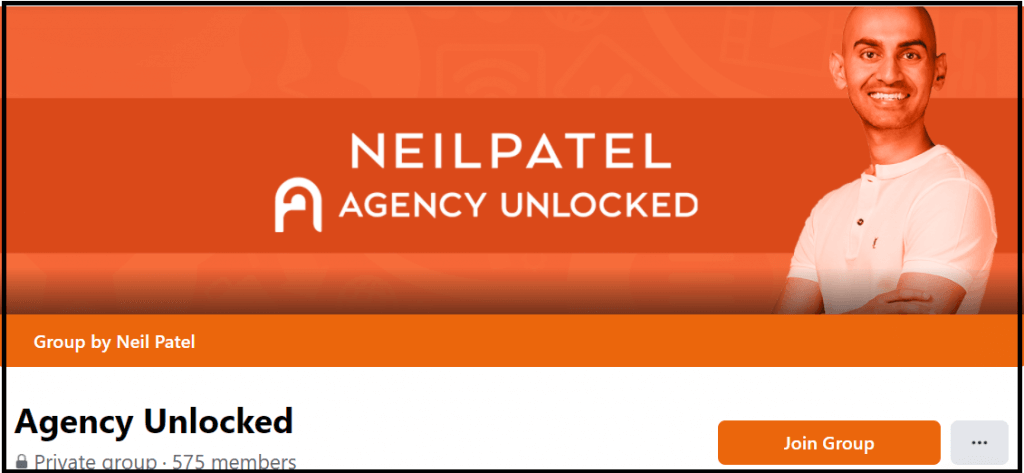
There is a private group for all the people who have purchased the ‘Agency Unlocked Marketing Program.’
The purpose might be to discuss topics regarding SEO, Marketing, etc. But it helps in positively engaging the customers.
That’s all that I can share as an overview.
But don’t just restrict your ways of delighting customers to only these tactics.
When it comes to eliminating the friction, always look for the data (like conversion rate, user behavior, etc.).
A few more words
Again Flywheel is going to enhance the performance of your marketing strategy.
But when it comes to the retirement part of the funnel, I disagree.
Instead, I see flywheel as an updated version of the funnel, a more customer-centric approach.
With this customer-centric approach, educating and providing value to your prospects is also an essential part of eliminating the flywheel’s friction.
Lastly, I have one question for you.
What would you consider better: Flywheel or funnel?
Let me know your thoughts.

Sk Rafiqul Islam is a content marketing practitioner with 3+ years of practical experience. He spends most of his time helping businesses to build a loyal audience with content marketing. He is also running a tech career blog called 10Pie and content marketing VIP, a bi-weekly marketing newsletter. In his free time, he loves reading books and playing football.
